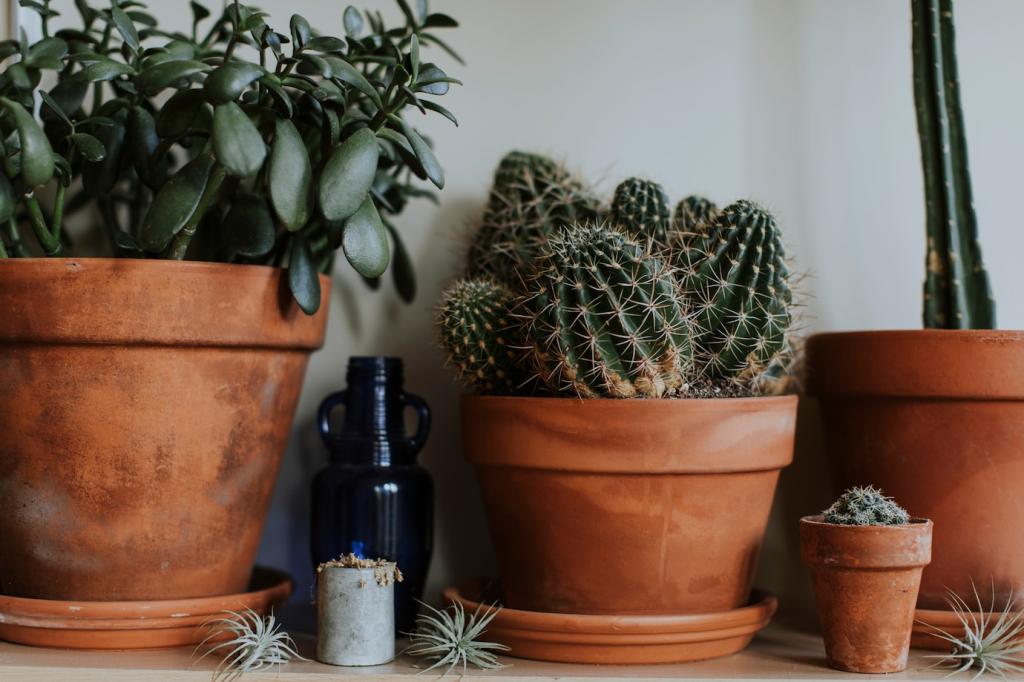
Sustainable Wood Alternatives in Interior Design: Natural Beauty Without the Footprint
Chosen theme for this edition: Sustainable Wood Alternatives in Interior Design. Explore renewable, low-impact materials that deliver warmth, texture, and longevity without relying on freshly harvested timber. From bamboo and cork to agrifiber, paper composites, and mycelium, discover ideas that respect forests and spark creativity—then share your favorites and subscribe for more material-forward inspiration.
Why Choose Wood Alternatives Now?
Conventional timber can be sustainable when carefully certified, yet pressure on forests remains intense. Wood alternatives help diversify demand, reduce logging impacts, and lower embodied carbon by embracing fast-renewing resources, recycled inputs, and bio-based innovations that lock in carbon while protecting biodiversity.
Why Choose Wood Alternatives Now?
Designers increasingly specify materials sourced from agricultural waste, recycled glass, or post-consumer paper. These wood alternatives embody circular principles, transforming discarded streams into durable surfaces and panels, extending lifecycles, reducing virgin extraction, and proving that beauty can arise from what once was overlooked.
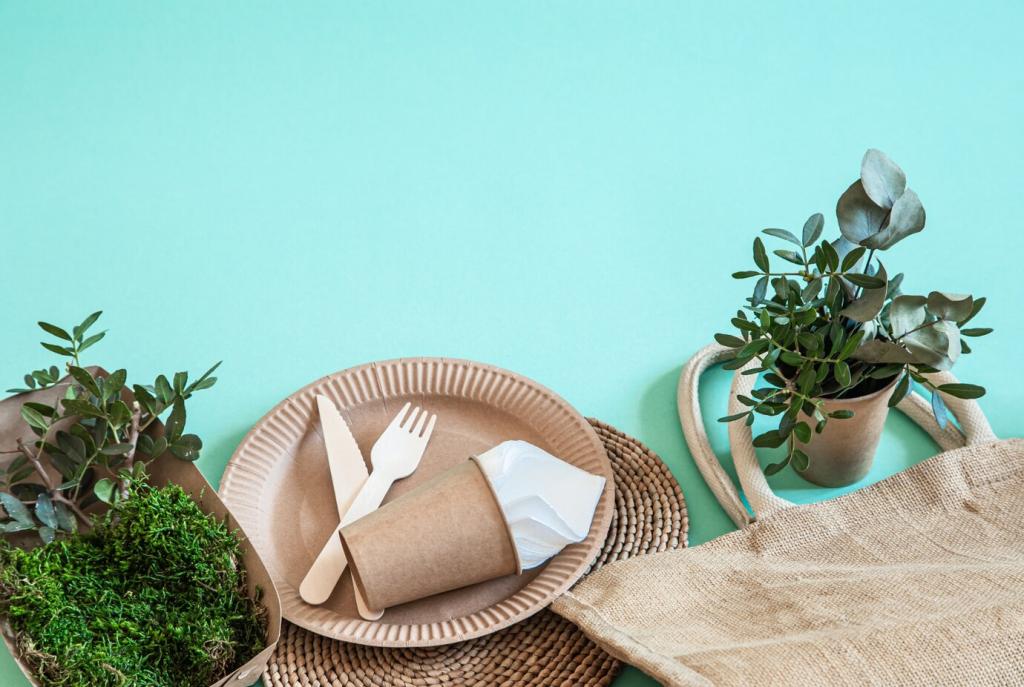
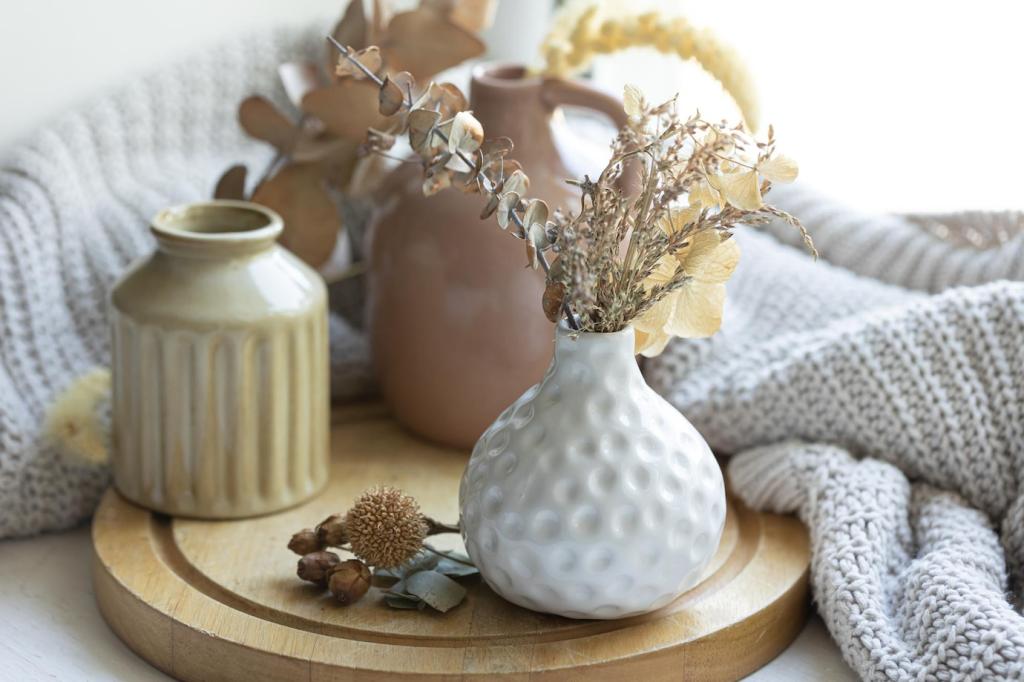
Bamboo: The Grass That Performs Like Timber
Strand-woven bamboo flooring rivals hardwood in density and wear resistance while maturing in just a few years. Specify low-VOC adhesives, balanced moisture acclimation, and durable finishes to ensure stability, refined grain expression, and long-term comfort underfoot in living and hospitality environments.
Cork: Soft, Silent, and Incredibly Renewable
Cork flooring offers natural resilience that cushions steps and reduces fatigue in kitchens and studios. Its cellular structure traps air, providing gentle insulation and a subtle bounce. Pair it with radiant heating systems for an exceptionally cozy, wood-free walking experience year-round.
Cork wall tiles tame reverberation in open-plan spaces, creating focused zones for calls and collaboration. Designers love mixing tile thicknesses and patterns to sculpt sound and light. Invite readers to share their favorite cork tile patterns or acoustic wall experiments in the comments.
We retrofitted a busy home office with cork plank flooring and hexagonal pin-up panels. The client reported fewer echoes, warmer toes, and a routine of pinning daily inspiration. Subscribe to follow their year-later maintenance notes and color-aging photos as the space evolves.
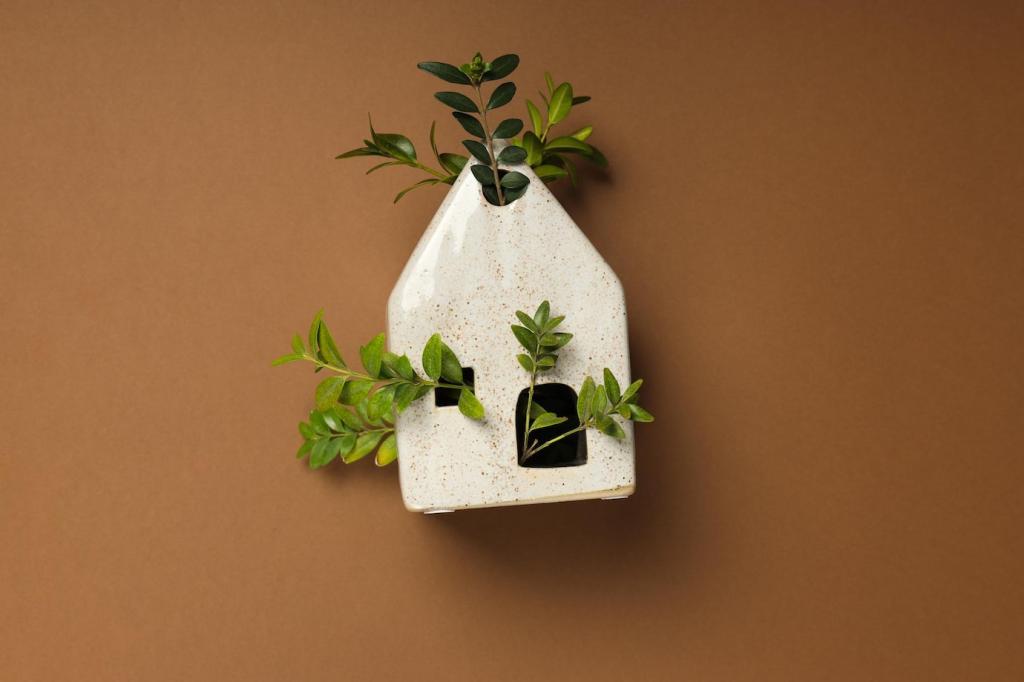
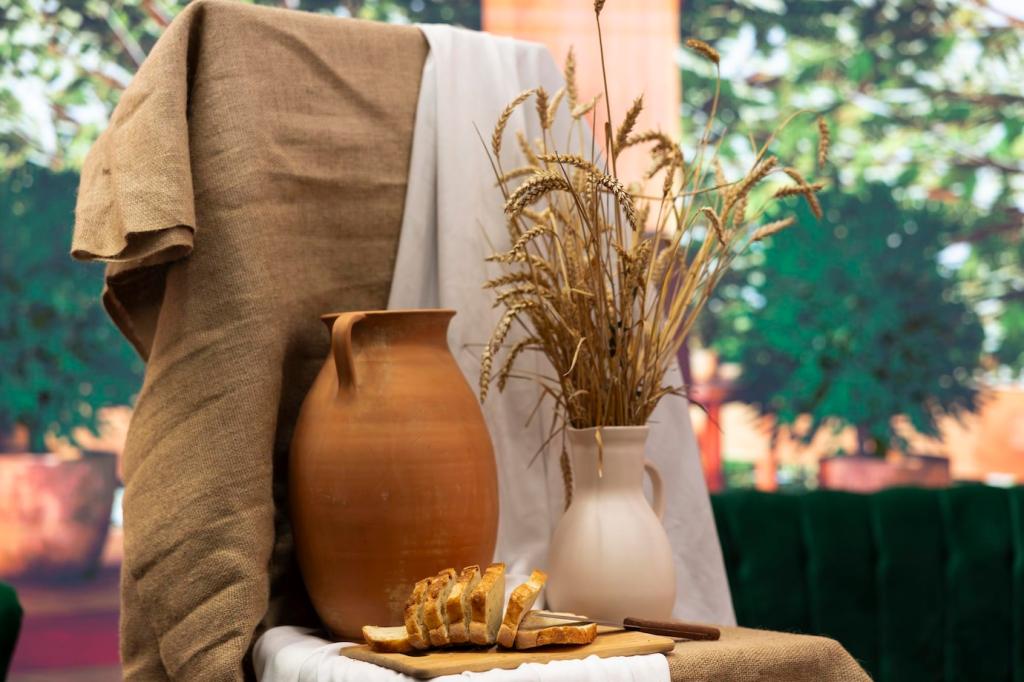

Agrifiber and Paper Composites: Turning Waste into Warmth
Agrifiber panels made from wheat straw, bagasse, or rice husks deliver stable substrates for casework and wall systems. Specify no-added-formaldehyde resins, check screw-holding capacity, and prime edges thoroughly for crisp detailing that rivals traditional MDF without tapping forest resources.
Agrifiber and Paper Composites: Turning Waste into Warmth
High-pressure, paper-based slabs compress layers of recycled paper with resin to form dense, repairable counters and tabletops. They patina beautifully, resist daily wear, and machine cleanly. Share your finish preferences—matte versus satin—and we’ll include side-by-side scratch tests in a future post.
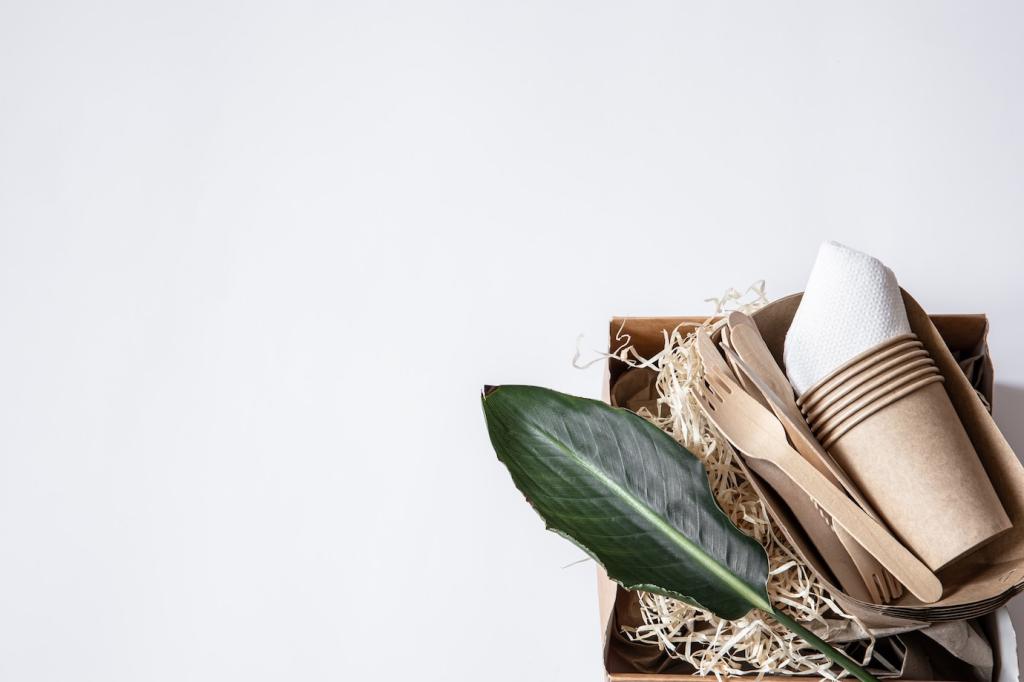

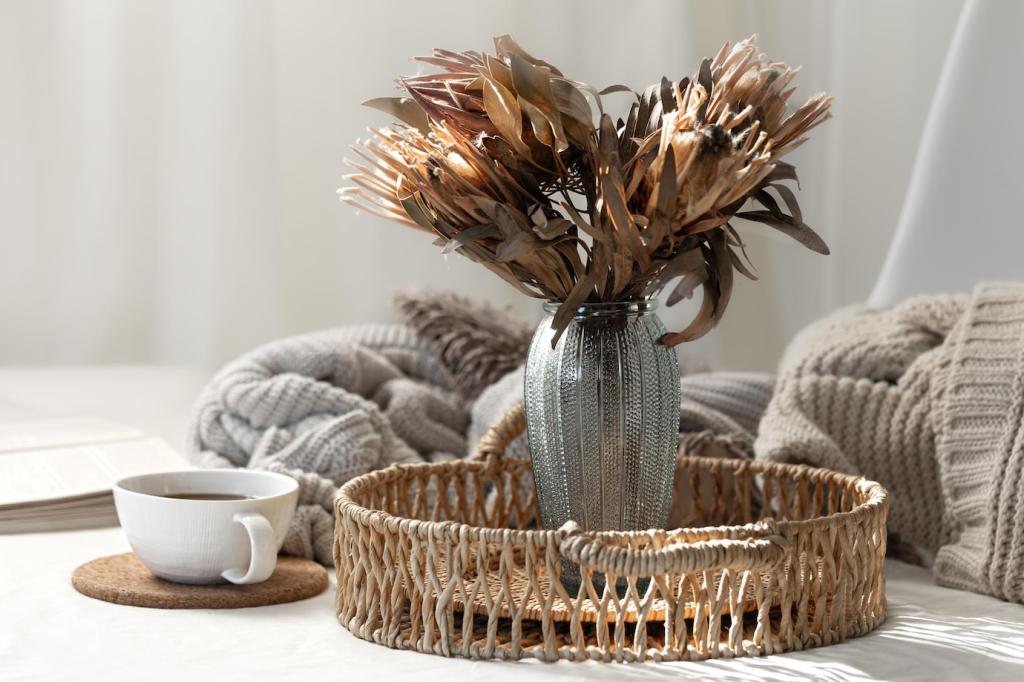
Recycled and Rapid-Renewable Surfaces Beyond Wood
Made from linseed oil, cork dust, wood-free jute backing, and natural pigments, linoleum offers resilient comfort and rich color depth. It softens footfall, cleans easily, and pairs beautifully with bamboo millwork for a layered, sustainable interior without a single plank of timber.
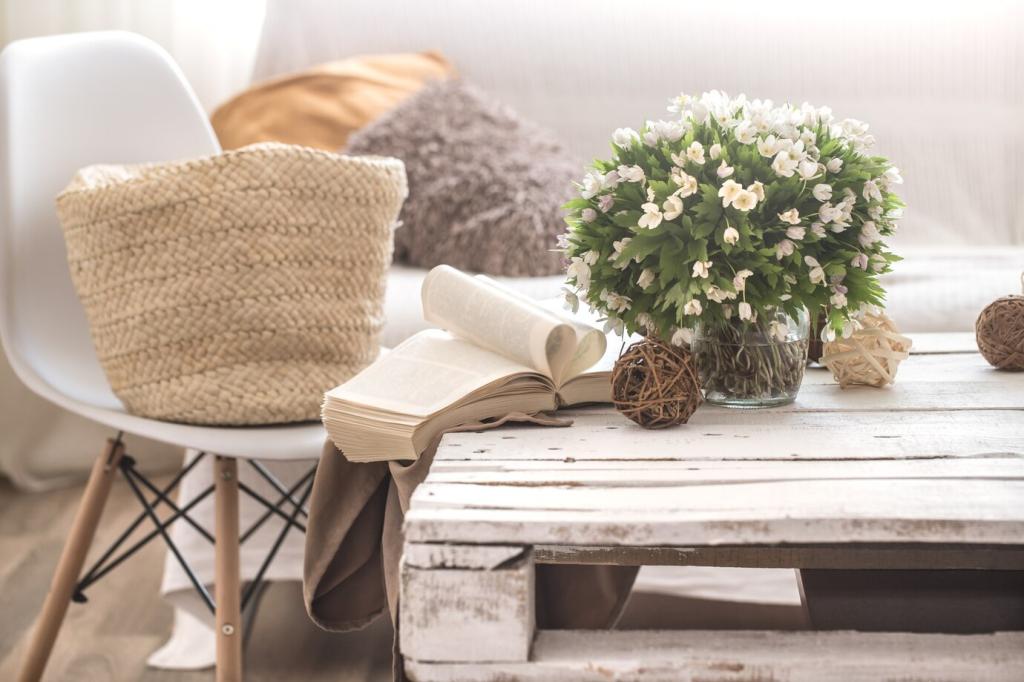
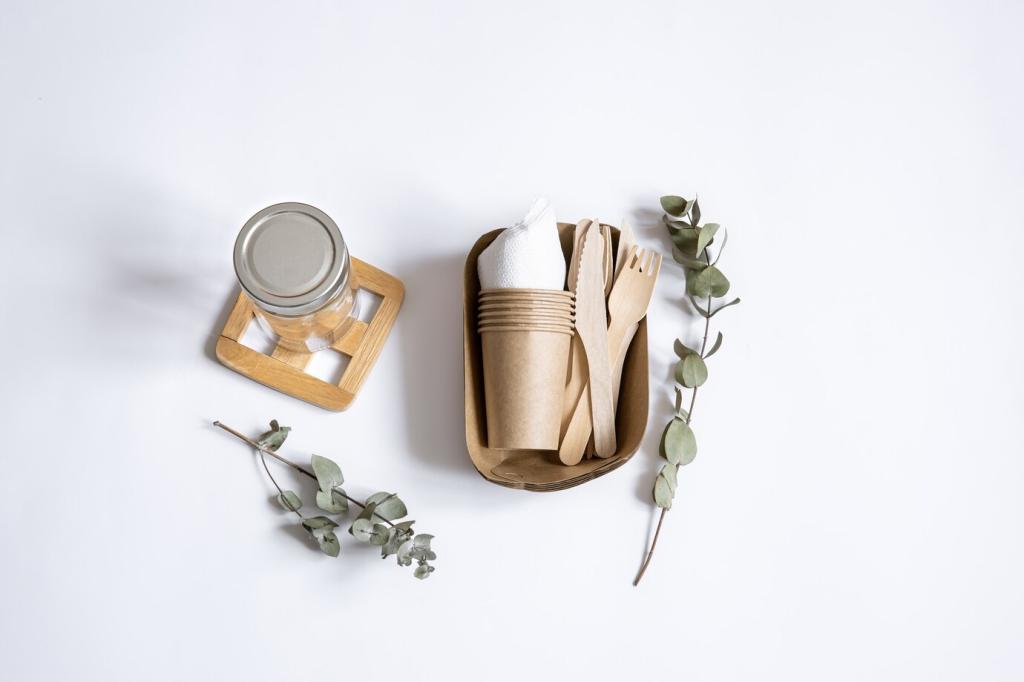
Recycled and Rapid-Renewable Surfaces Beyond Wood
Sparkling terrazzo with high recycled glass content creates luminous countertops that replace wood slabs. Specify light-reflective chips for compact kitchens, and request sample tiles to study hue balance under daylight and warm LEDs before committing to a final, woodless palette.
Certifications to Watch
Seek transparent documentation: Cradle to Cradle, GREENGUARD Gold for emissions, EPDs for embodied carbon, and chain-of-custody where applicable. Ask suppliers for third-party audits and declare what percentage of recycled or bio-based content is verifiably included in your chosen products.
Maintenance and Repair
Paper-composite counters can be refinished, cork floors benefit from gentle cleaners, and bamboo prefers stable humidity. Request manufacturer care sheets up front, and schedule seasonal check-ins to preserve color, edge integrity, and acoustic performance without aggressive chemicals or unnecessary replacements.
Join the Conversation
Tell us which sustainable wood alternatives you’ve tried and where you’re stuck. Comment with photos, ask questions about adhesives or finishes, and subscribe for upcoming side-by-side tests, cost breakouts, and reader-led makeovers using these nature-positive, wood-free material strategies.
